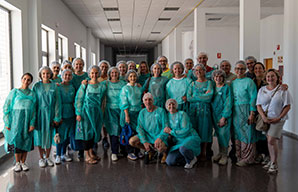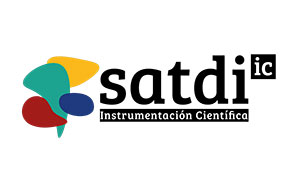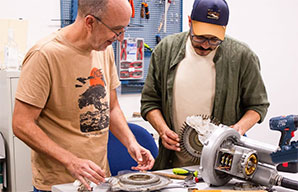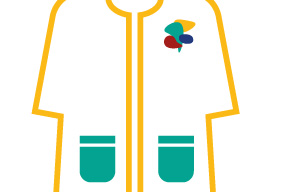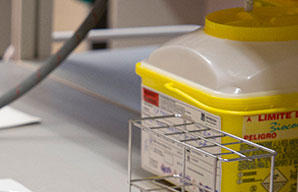Physics challenge: observing a time crystal at room temperature
ciencia, Física cuántica, Research and Innovation
computación cuántica, Cristal de tiempo
29 July 2024
A team of scientists from several Chinese universities has observed a time crystal in a Rydberg gas at room temperature instead of using ultra-freezers. The system, by operating at a higher temperature, significantly reduces the loss of atoms compared to current systems. This allows the study of time crystals with a longer duration and stability. A more stable time crystal has the potential to improve the performance of quantum computers and open up new possibilities in other advanced technological applications.
Time crystals are systems with patterns that repeat over time, resulting in continuous oscillations without external intervention. The group of physicists responsible for this work, mainly from Tsinghua University in Beijing, achieved this by using atoms in their ground state, driving them into Rydberg states to observe persistent oscillations in the transmission of photons.
This finding, published in the journal Nature Physics, challenges traditional principles of physics and opens up new possibilities for studying quantum systems out of equilibrium. In addition, it suggests applications in advanced technologies such as quantum computing and materials with exotic properties. This breakthrough demonstrates how time symmetry can be broken and controlled in accessible systems, offering a new field of study for future research and technological applications.
Fuente: Nature Physics
Imagen: Pixabay
